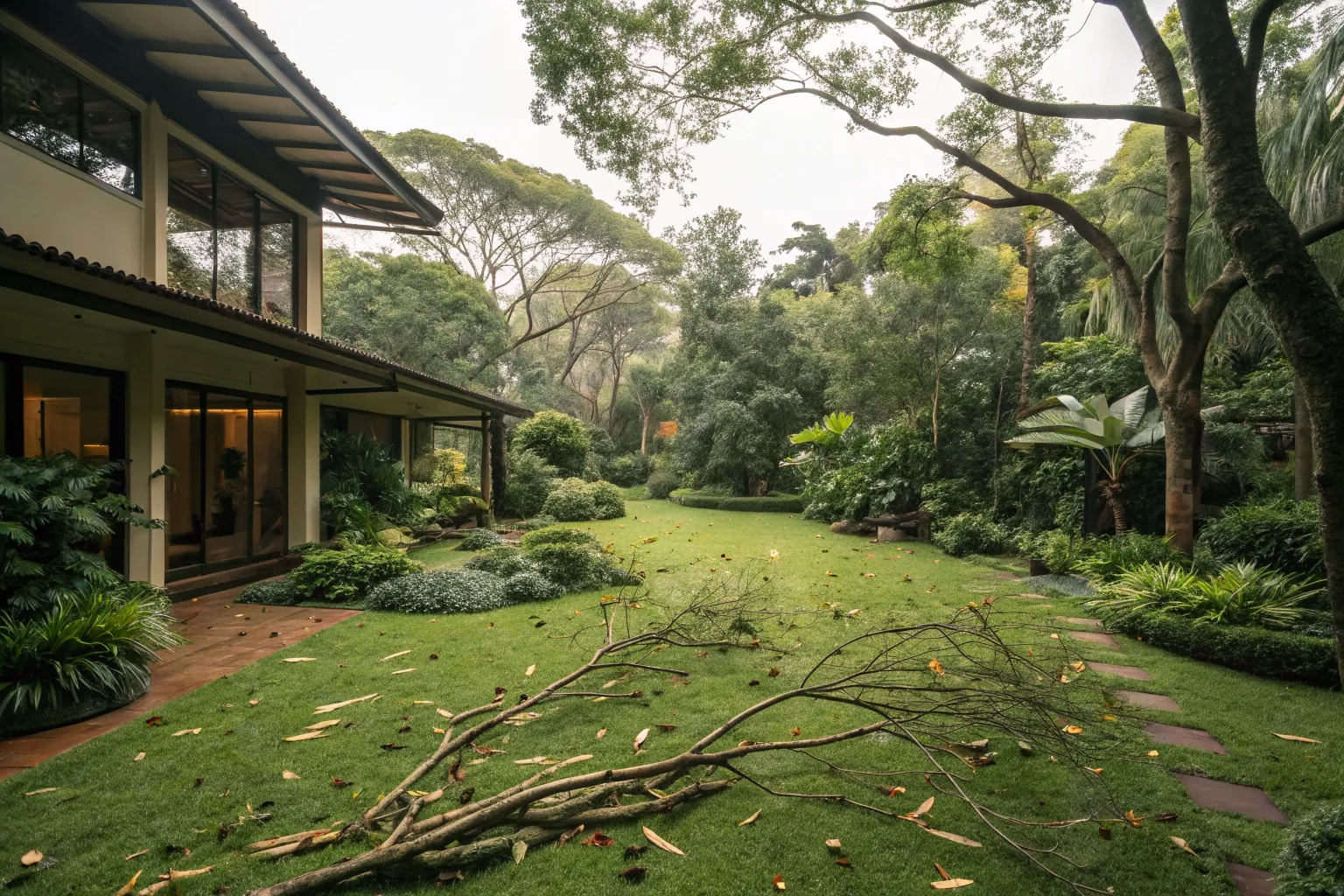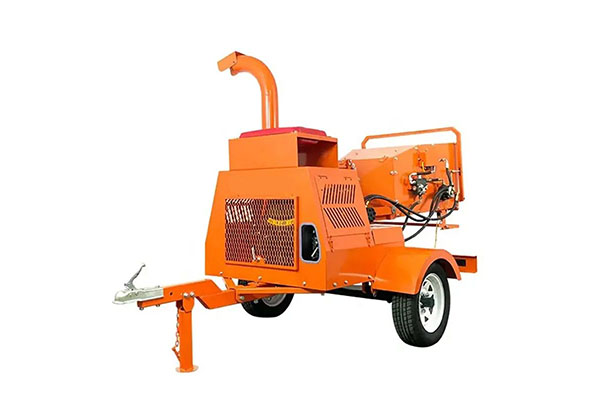Avoid your inquiry is delay response, please enter your WhatsApp/Skype along with the message, so we can contact you at the very first time.
We will reply you within 24 hours. If for urgent case, please add WhatsApp/WeChat: +8613791936882 ,. Or call +86-18678911083 directly.
Tired of piles of branches and garden waste taking over your space?
A wood chipper turns garden waste into small, manageable chips—saving time, reducing mess, and helping with mulch or compost.

I work with many garden retailers and landscaping pros like Sophia. One tool they all depend on is the wood chipper. It helps them keep their spaces clean, reuse waste, and improve soil. In this article, I’ll explain what a wood chipper really does, what to avoid, and why wood chips are more useful than you might think.
Branches, sticks, and garden clippings can pile up quickly—and they’re not easy to get rid of.
A wood chipper cuts branches and garden waste into small wood chips, making disposal or reuse much easier and faster.
A wood chipper uses rotating blades or hammers to break down wood and garden debris into smaller pieces. Depending on the type and size of chipper, it can handle branches from 1 inch to 6 inches thick. Most chippers have a hopper at the top or side where you feed material in, and a chute that ejects the chips.
| Type | Best For | Noise | Capacity |
|---|---|---|---|
| Drum Chipper | Large branches, pro use | High | High |
| Disc Chipper | Fast cutting, dry wood | Medium | Medium |
| Screw Chipper | Quiet, home use | Low | Low |
| Flail Chipper | Leaves, twigs | Medium | Low |
With the right wood chipper, even a large yard cleanup becomes manageable in a few hours. It’s one of the best tools I recommend for professional garden maintenance.
Not everything in your yard belongs in the chipper—even if it looks like wood.
Avoid putting wet wood, metal, plastic, rocks, vines, or thick roots into a wood chipper—they can damage the blades or cause safety hazards.
I always tell new users to treat the chipper with respect. It’s a powerful machine, but it’s not built for everything. Putting the wrong material into the hopper can cause blade damage, clogging, or even serious accidents.
Wet logs or green branches can jam the blades or get stuck in the chute. Most chippers work best on dry or semi-dry material.
These can wrap around the blade shaft and stop the motor. If you’re chipping vines, make sure they’re dry and chopped into shorter lengths first.
Never put anything that isn’t plant-based into the machine. Even a small rock can crack a blade. Metal or plastic can destroy the internal system.
Roots often contain dirt and stones. These not only dull the blades but can also cause internal blockages.
Each chipper has a max capacity. Pushing in branches that are too big will stress the motor and damage the frame.
| Material | Safe? | Reason |
|---|---|---|
| Dry branches | Yes | Clean cuts, easy shredding |
| Wet logs | No | Can clog or jam machine |
| Grass or vines | No | Can wrap around shafts |
| Plastic or metal | No | Will damage blades |
| Stones or dirt | No | Dangerous, dulls the cutter |
| Leaves | Yes | Works well in flail chippers |
Check your machine’s manual. Some models come with different blades or settings for softer or mixed material. But when in doubt, keep it clean and dry.
Once you’ve chipped a pile of garden waste, don’t throw it away. It’s more useful than you think.
Wood chips can be used as mulch, compost material, walkways, or soil enhancers—they reduce weeds, retain moisture, and improve garden health.

A lot of people chip wood just to get rid of it. But for me—and many professionals I’ve worked with—wood chips are a bonus product. They’re free, easy to make, and extremely useful in both small and large garden setups.
This is the most common use. Spread a 2–4 inch layer of wood chips around trees, flower beds, and garden borders. It keeps weeds down, holds moisture in the soil, and protects plant roots from temperature swings.
Wood chips are a great carbon source for compost piles1. Mix them with kitchen scraps, grass clippings, or green waste to balance the nitrogen.
Chipped wood makes a clean, natural-looking ground cover for paths. It’s soft to walk on and suppresses weeds. Plus, it drains well during rain.
Dry wood chips2 can be used in chicken coops, stables, or rabbit enclosures. They absorb moisture and reduce odors. Just make sure the chips are from untreated wood.
| Use Case | How It Helps |
|---|---|
| Mulch | Blocks weeds, holds moisture |
| Compost | Adds carbon, improves balance |
| Walkways | Natural, low-cost path solution |
| Bedding | Clean and absorbent for animals |
When used properly, wood chips turn yard waste into something valuable. They save money on store-bought mulch and help make a healthier garden or landscape.
Wood chippers simplify yard work by turning waste into useful chips. Use them right, and your garden stays cleaner, healthier, and easier to manage.